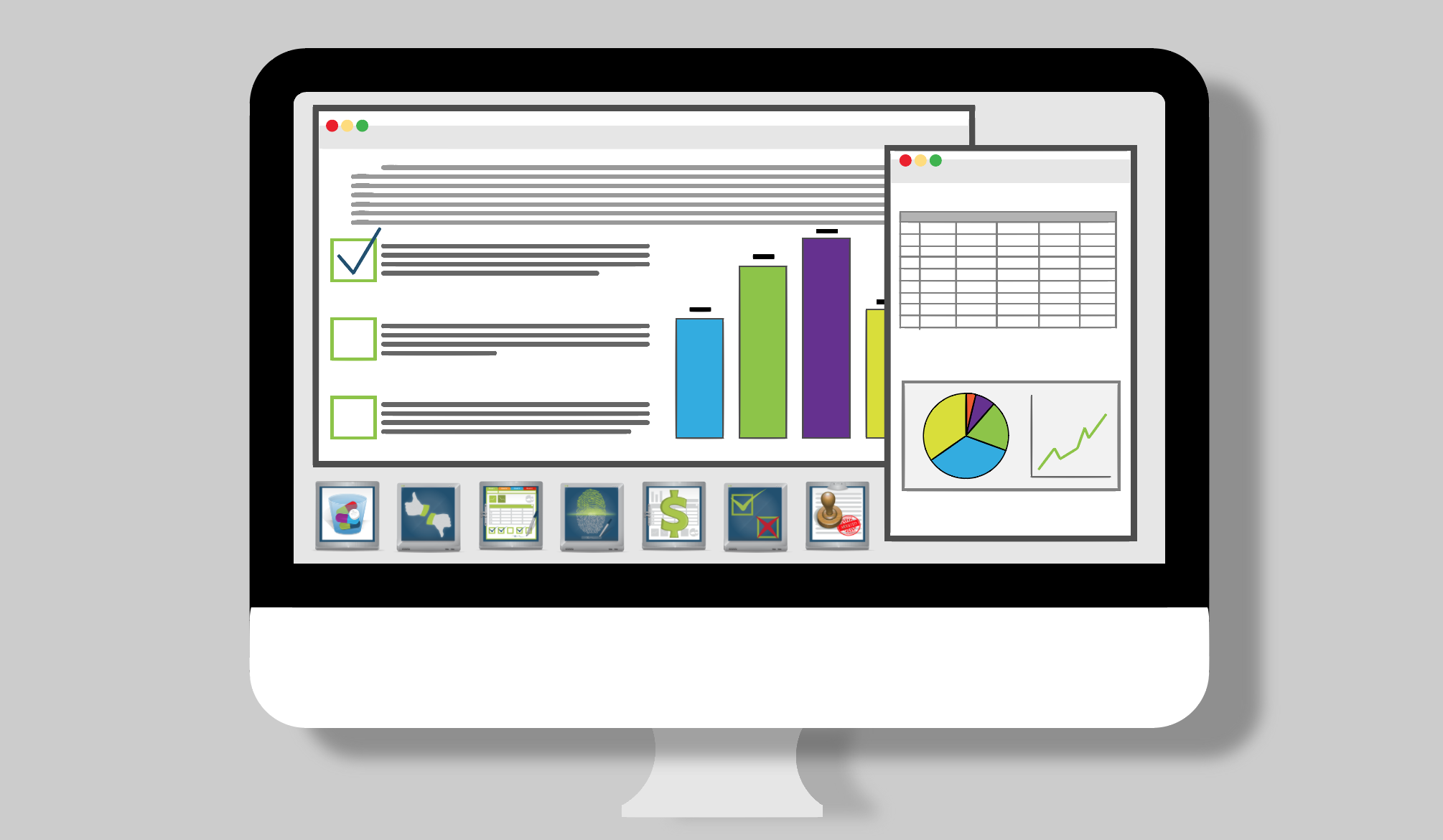The Foundational Roles of Technology in Agency EBP Work
For evidence based practices to come alive, we must  measure everything… and not using our fingers and toes!
measure everything… and not using our fingers and toes!
It All Started with Looking For A Better Way…
Ten years ago, there was little reason to focus on the software features needed to design an EBP software system. Early in the EBP movement, agencies’ pursuit of EBP was tied to “validated risk assessments” and new case management disciplines as characterized in Motivational Interviewing.[i] In other words, there was little impact on legacy case management systems. In fact, new automation was centered on the emerging risk assessment tools.
Today, with rising expectations from funding agencies, courts, and our community stakeholders to show progress in EBP, measure outcomes, and determine what works with our own client populations, the rules have changed. There is fresh impetus and opportunity to reconsider what it means to have a modern-day case management system for the residential and non-residential community corrections field. After all, legislators and community stakeholders have been convinced of the merits of the science and strategy behind investing in offender rehabilitation instead of incarceration. The challenge for the coming decade is to show real results and make meaningful efforts to learn about outcomes, apply new knowledge, and create a system of people, processes and data that brings the promise of EBP to life.
I believe the authors and researchers behind the EBP movement[ii] envisioned performing everyday tasks with fidelity, measurement and feedback as the ultimate implementation of EBP principles and ensuring lives would be changed. So, how do we accomplish this? With a system that is a combination of:
- Case management with EBP built in
- An integrated system for everyday use by all staff members involved with client work
- A system that directly supports each element of EBP
- A rich data analysis capability for measuring and learning
Let’s call it an EBP Data System.
A Shift in Thinking
The biggest trend this past decade has been the system level shift of thinking from whether to prepare (or the punishment vs. treatment debate), to how best to prepare offenders for successful reentry into the community influenced by the science and research behind evidence based principles.[iii] With this shift we have all seen changes in court systems, state legislature bills, state probation and parole systems, and city and county programming.
What is an EBP Data System?
So, what are some of the telltale signs of an EBP data system? My primary test is the following: Can an average user pull meaningful real time and historical program specific data without resorting to spreadsheet analysis?
If this is not possible, it is probable that the data being used to run a community corrections operation is spread around more than one system: part in paper file cabinets and maybe some on yellow sticky notes and notepads at the desks of every staff member at a facility; OR the vital information resides in one or more systems in a manner that an average user cannot use the data to inform program and treatment decisions.
An EBP data system supports both the essential (and often mandated) transactional needs of an agency, as well as the learning, measurement and feedback processes essential to being an active participant in the EBP movement. It’s more than just the existence of documentation; an EBP data system creates quality information and makes its analysis easier and more impactful.
When an EBP data system is housing all of the data (i.e. case plans, interventions, treatment outcomes, client communications, accountability and reinforcement, etc.), every staff member has the ability to “see” the following:
- Real-time views on caseload performance, simplifying the identification and resulting intervention on outliers that need attention
- Fully electronic workflow of intake and discharge processes to ensure that all required documentation is captured, updated and completed per state, local and federal guidelines
- Real-time views of every aspect of security and operations – UAs, breath tests, house counts and medication transactions
- Periodic management reports provide meaningful feedback on every aspect of daily operations
- Real-time and historical views on audit points to ensure agency staff discover major shortcomings in required processes and documentation before a regulatory agency does
Information Technology as an Empowering Solution!
An EBP data system is not a tool to hold over the head of staff with regards to “do better or else.” Rather, it is a tool that enables the front line staff to emerge as the rightful owners of “doing the right thing” and for management to have easy access to information to inform their support, training, and coaching of all staff.
Management can move, or as many would say “management needs to transform,” from spending time worrying about the basic level of operational survival to being able to focus on operational excellence through the use of their EBP data system and a focus on their people as the keys to the change process that evidence based principles demands.
Check back soon for our second post on EBP Data Systems.
[i] MINT. (2015). Retrieved November 3, 2015, from http://www.motivationalinterviewing.org/
[ii] Bogue, B. (n.d.). Implementing Evidence-Based Practice in Community Corrections: The Principles of Effective Intervention. National Institute of Corrections (NIC), Community Corrections Division and Crime and Justice Institute (CJI).
[iii] Bogue, B. (n.d.). 8 Guiding Principles - DCJ EPIC. Retrieved November 3, 2015, from https://sites.google.com/a/state.co.us/dcj-epic/home/EBP/8-guiding-principles


